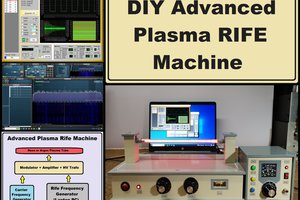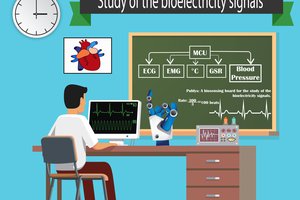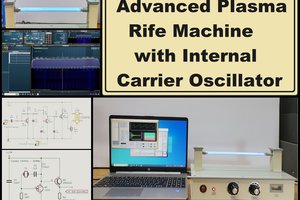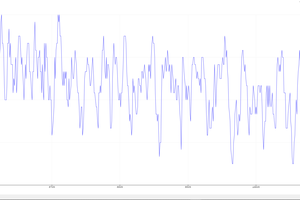TL;DR; Extremely cheap, easy to use custom TENS circuit and app.
Forward
After driving up to Washington Dulles International Airport we found out that our flight to Dallas was canceled. We scrambled around and finally convinced the manager to transfer our flight to United Airlines and landed in Houston at 12:30 am on Saturday. We rented a car, drove up to Dallas, fell asleep at the hotel at 6:00 am, woke up at 7, ran to the hardware store, and made it to HackDFW by 10!
A Perfect TENS
Chronic pain can be a large burden on individuals whose healthcare and access to doctors is limited. A Transcutaneous electrical nerve stimulation machine, TENS machine, is a device that provides a cheaper alternative to expensive and addictive painkilling-drug options. By placing electrodes across a painful muscle group high voltage pulses are sent into the patients nerves to help soothe and sometimes resolve issues patients face in their daily lives. Though decent TENS machines can be anywhere from 70 to 200 dollars, we believe providing a far cheaper and cloud connected device is a solution for those in need of an affordable and extremely effective cure for most muscle pain.
Our team of Virginia Tech students chose to tackle this problem in five stages. Stage one was comprised of learning the inner and outer workings of a TENS machine. Through looking at published schematics, understanding how boost circuitry operates, and how the signal is amplified we began brainstorming our own schematic.
The second stage of our project involved simulating our own design, virtually, of a more cost effective and user friendly system. The simulation provided a validation of whether our circuit would operate as a prototype before touching any physical components.
The third stage began as a bundle of wires and components that were formed into our circuit on proto-board to physically validate our system and it's operational effectiveness. After soldering an initial prototype and sending a signal into the circuit we felt a soothing hum in muscles that had grown painful from long hours of sitting and wiring.
Following a successful circuit we finished the fourth stage by designing a printed circuit board to consolidate this circuitry to produce a more professional and product looking project.
The final stage of this project was the Android interface. Instead of forcing patients to fiddle with confusing knobs, random buttons, and a non intuitive interface we designed an app that provides a simple interface to change the pain soothing signals sent to the TENS machine. Not only does this app and device solve the issue of expensive hardware and confusing controls, but it also allows the option for community connections. Patients are rarely provided the option of sharing success and failure stories with community members who face similar pain issues. Connecting this app to an anonymous voting system lets users vote on good signal profiles and their related pain. For example, one signal may be effective as solving arm muscle pain while a different signal may be more effective as soothing back pains. This community collection of anonymous stories and profiles further enhances patient success and reduces the need for expensive hardware and addictive drugs that may not be needed for temporary pain.
 Eric Hahn
Eric Hahn
 mircemk
mircemk
 Ever
Ever

 Christian Borgia
Christian Borgia